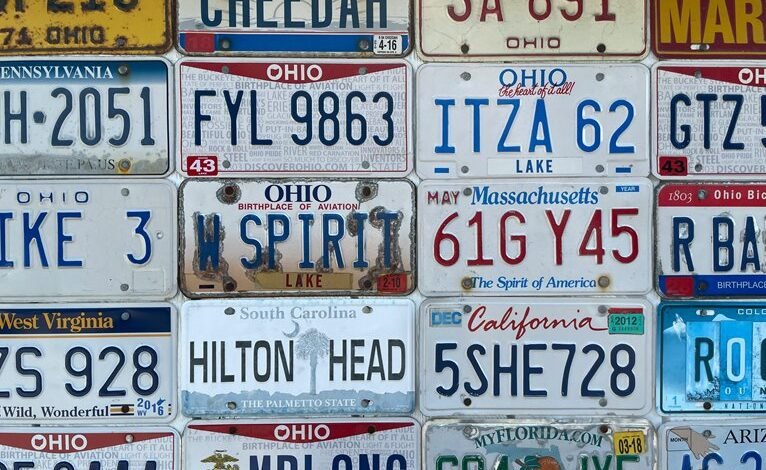Госномер: the Meaning of State Car Numbers

State car numbers, or госномер, serve as vital identifiers within the vehicle registration system. Each plate combines letters and digits, revealing details about the vehicle's origin. This system not only aids in tracking but also reflects regional identities and cultural characteristics. As society evolves, so too does the significance of these numbers. Understanding the implications of госномер can shed light on broader themes of governance and community. What deeper meanings might these plates hold?
The Structure of State Car Numbers
The structure of state car numbers serves as a vital identifier for vehicles, reflecting a systematic approach to vehicle registration.
Various number formats across different regions exemplify the diversity of registration systems. Each format often includes letters and digits that convey information about the vehicle's origin, type, and ownership, facilitating efficient tracking and ensuring accountability within the framework of modern transportation.
Historical Significance of License Plates
License plates, an often-overlooked aspect of automotive culture, carry a rich historical significance that extends beyond mere identification. Their historical origins trace back to early motor vehicles, reflecting societal norms and values.
As cultural reflections, license plates illustrate the evolution of transportation, governance, and personal expression, revealing how societies adapt to technological advancements while maintaining a connection to identity and heritage.
Regional Variations and Their Implications
While variations in state car numbers often reflect regional identities and cultural nuances, they also carry significant implications for governance and law enforcement.
Regional codes can indicate local customs, fostering cultural differences that influence social interactions. Moreover, these distinctions may affect traffic regulation enforcement and resource allocation, highlighting the importance of understanding regional variations for effective policy-making and community engagement.
Conclusion
In the intricate tapestry of society, госномер plates serve as threads woven with identity, history, and regional pride. These seemingly mundane sequences of letters and numbers transcend their utilitarian purpose, becoming symbols of personal expression and cultural narrative. As vehicles traverse the roads, they carry not just passengers, but stories of community, governance, and evolution. Ultimately, state car numbers are not merely identifiers; they are reflections of a society in motion, charting its journey through time and space.





